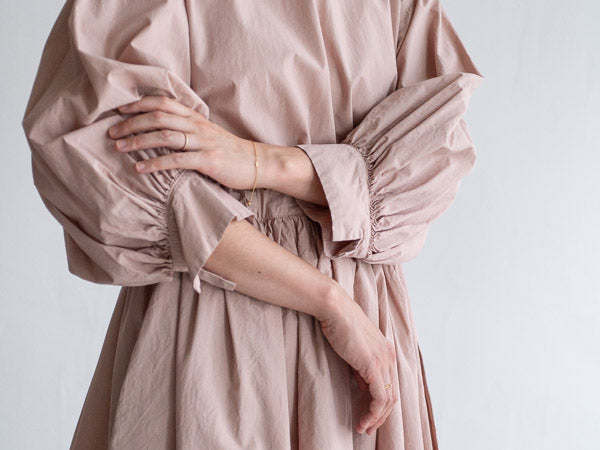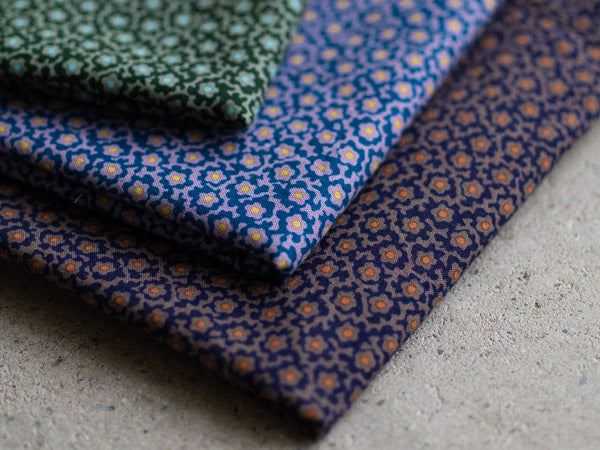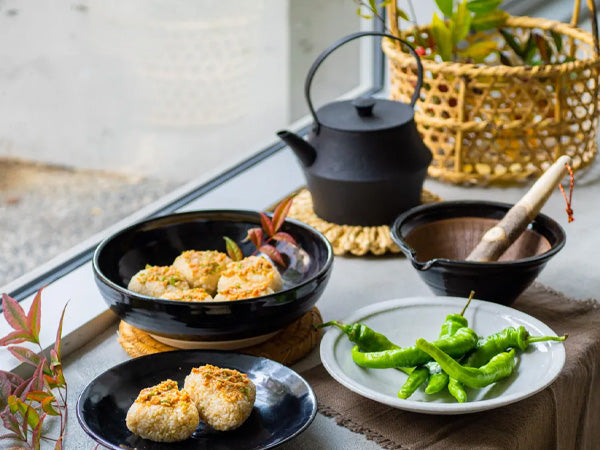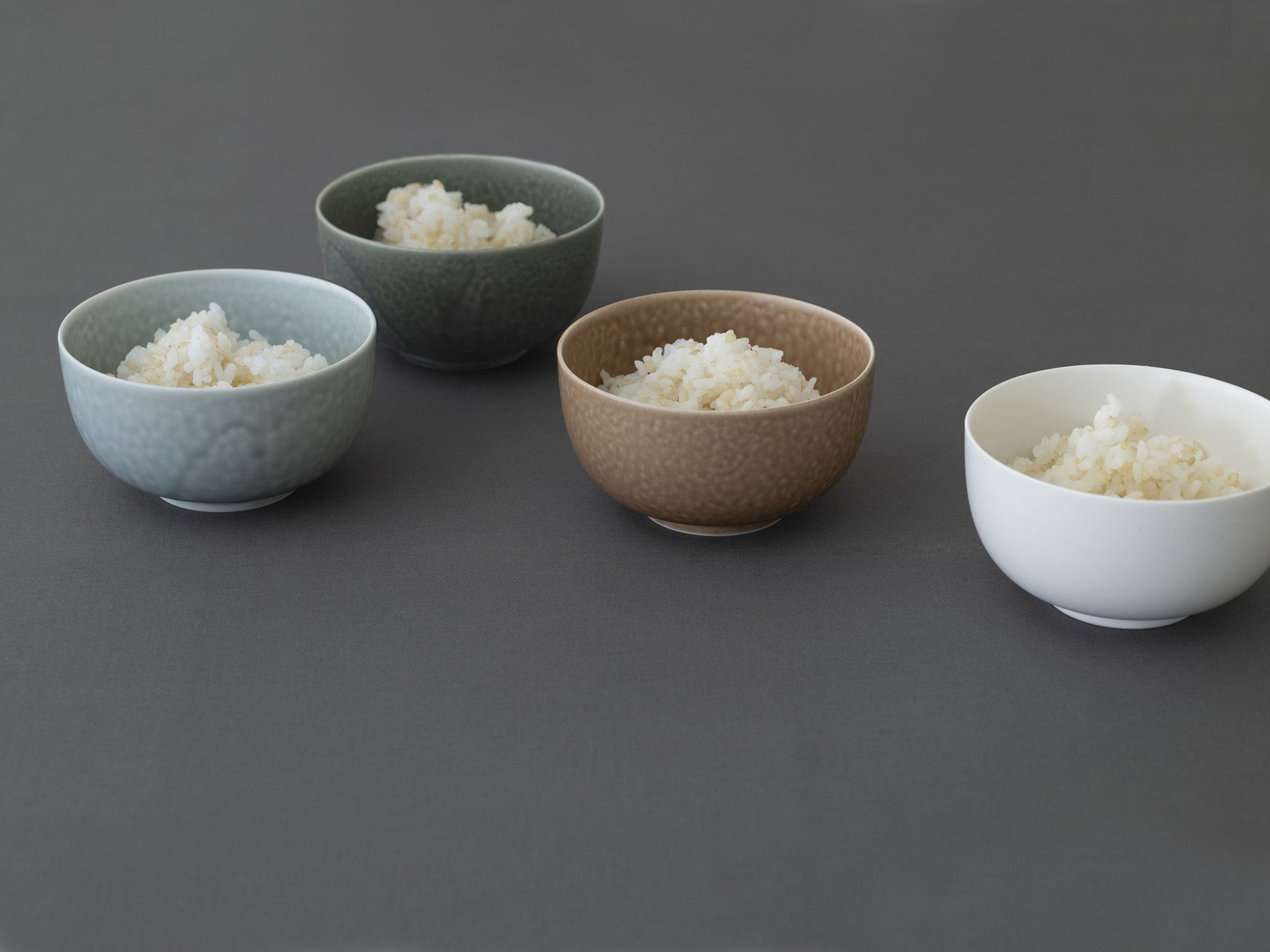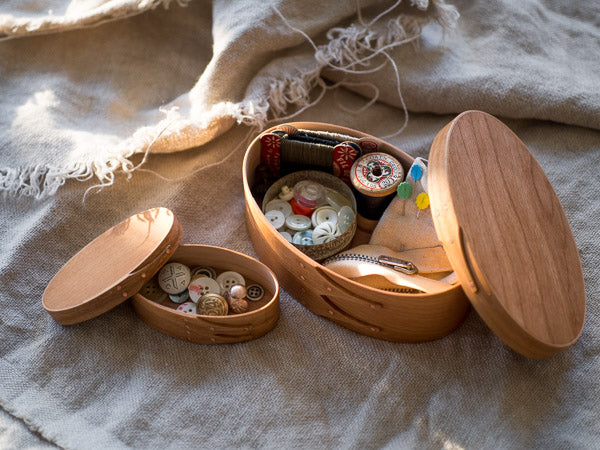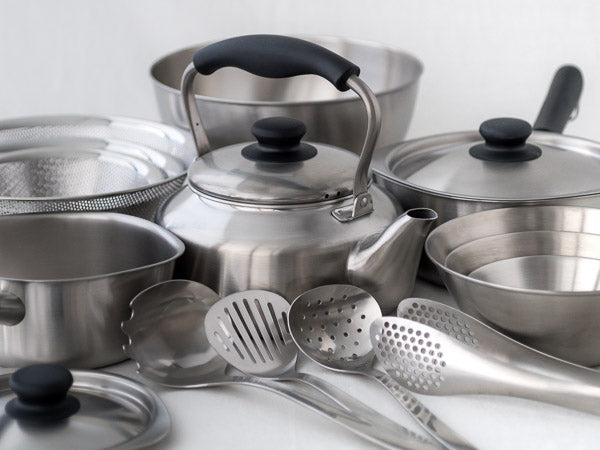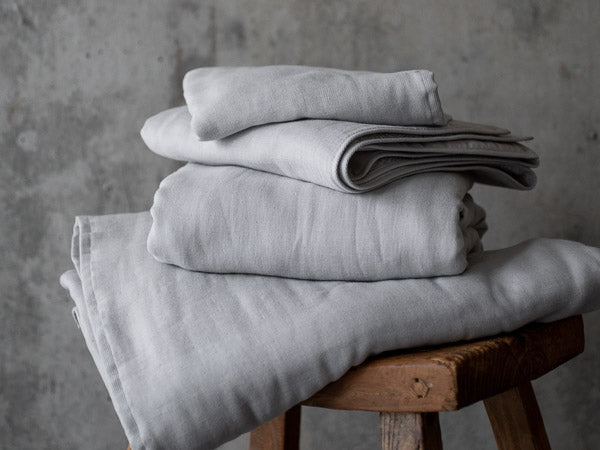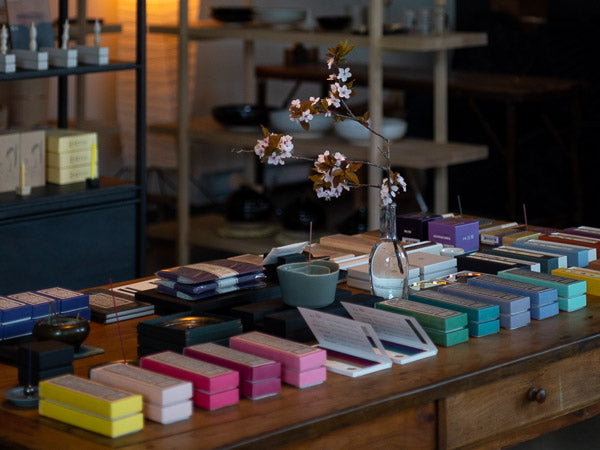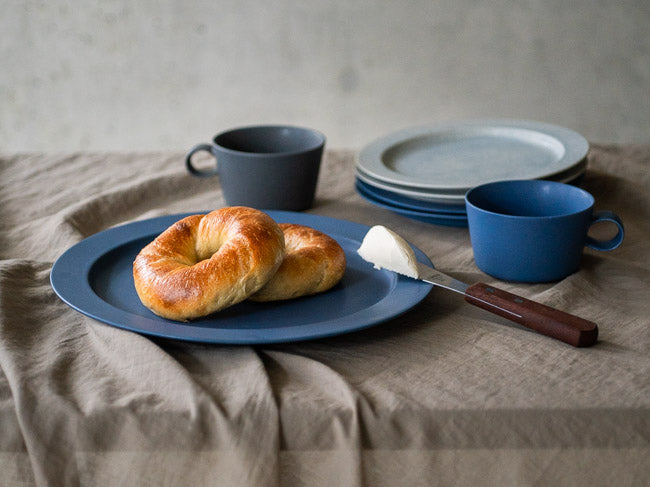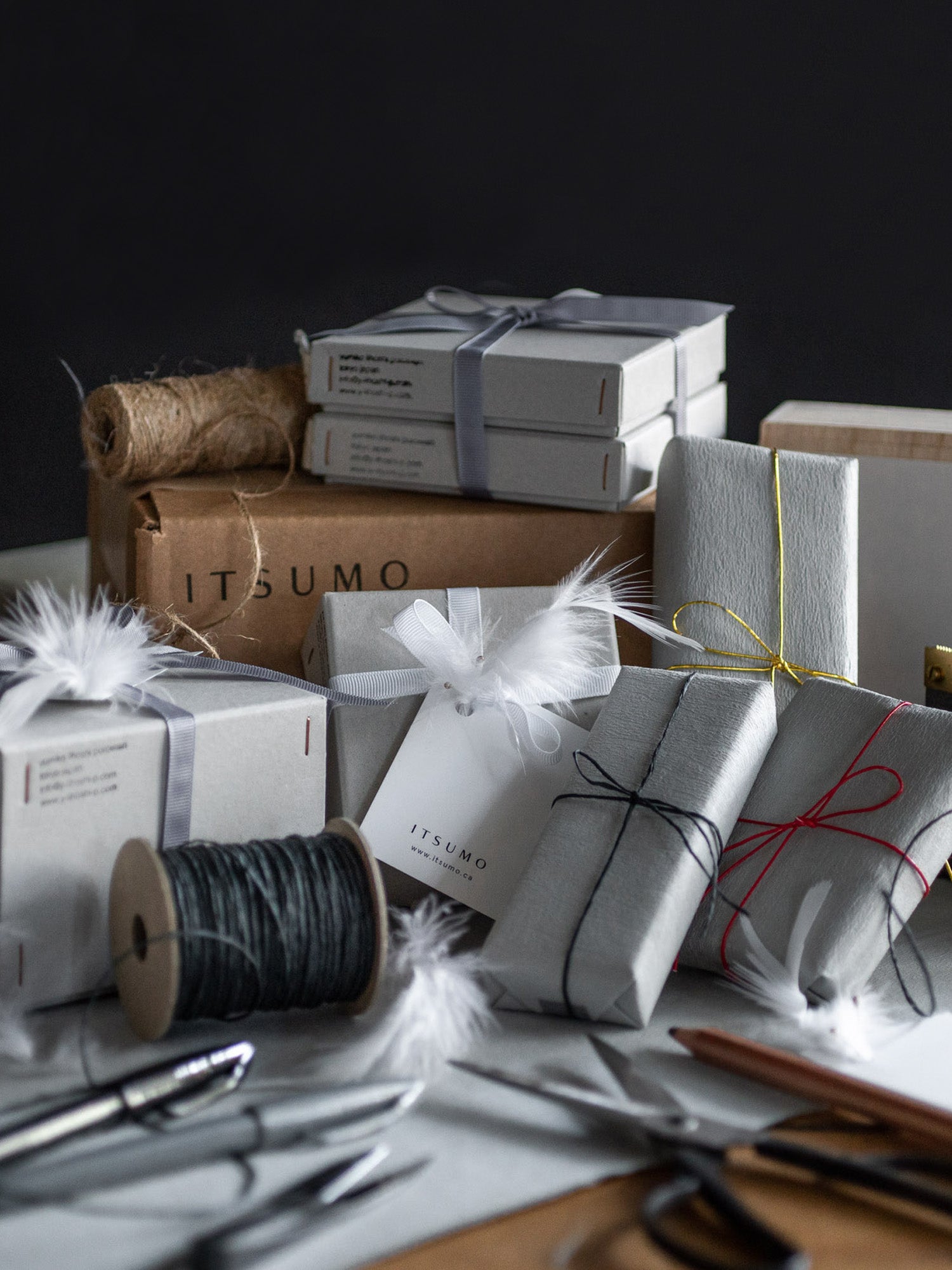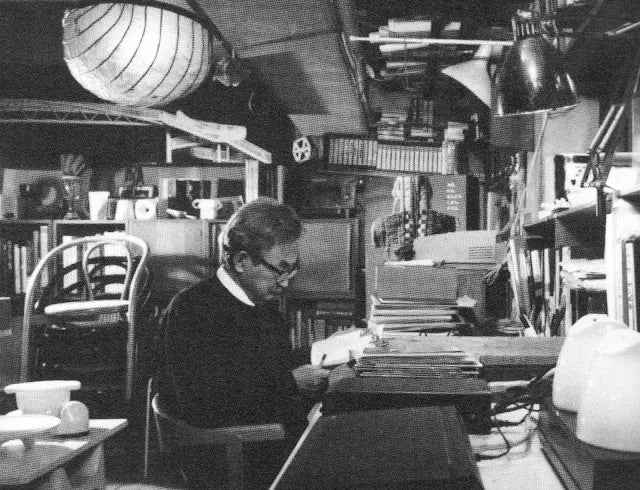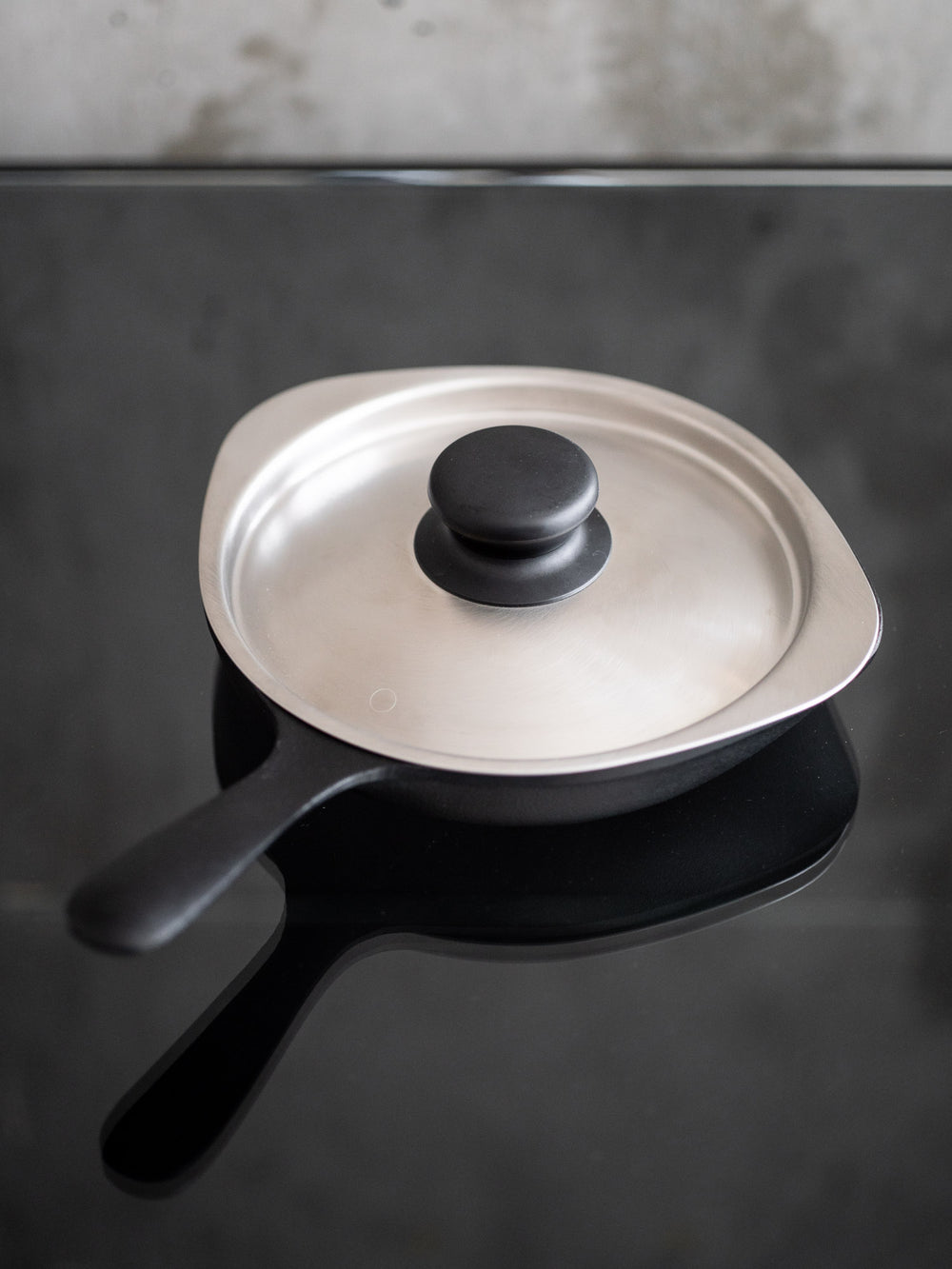
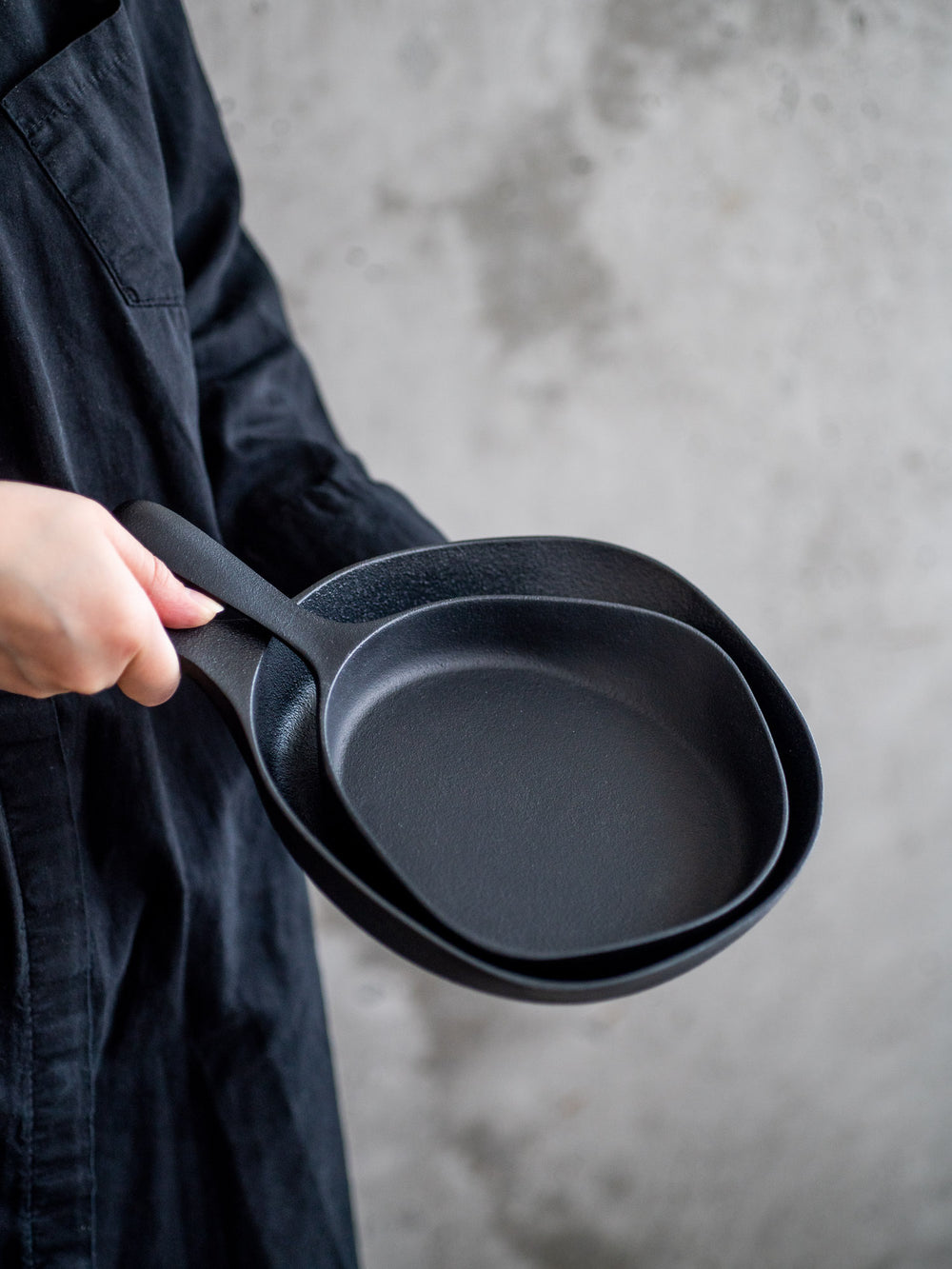
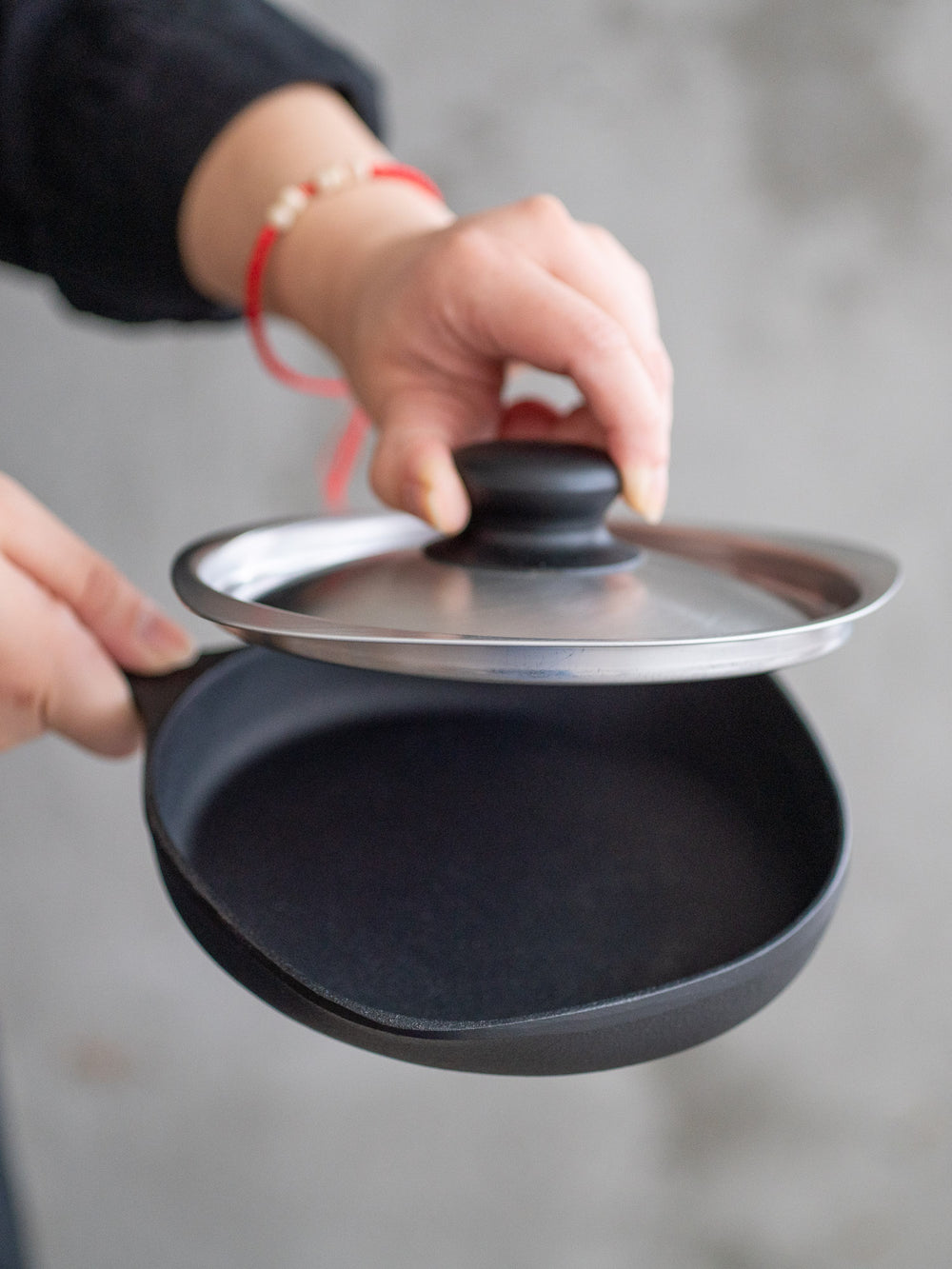
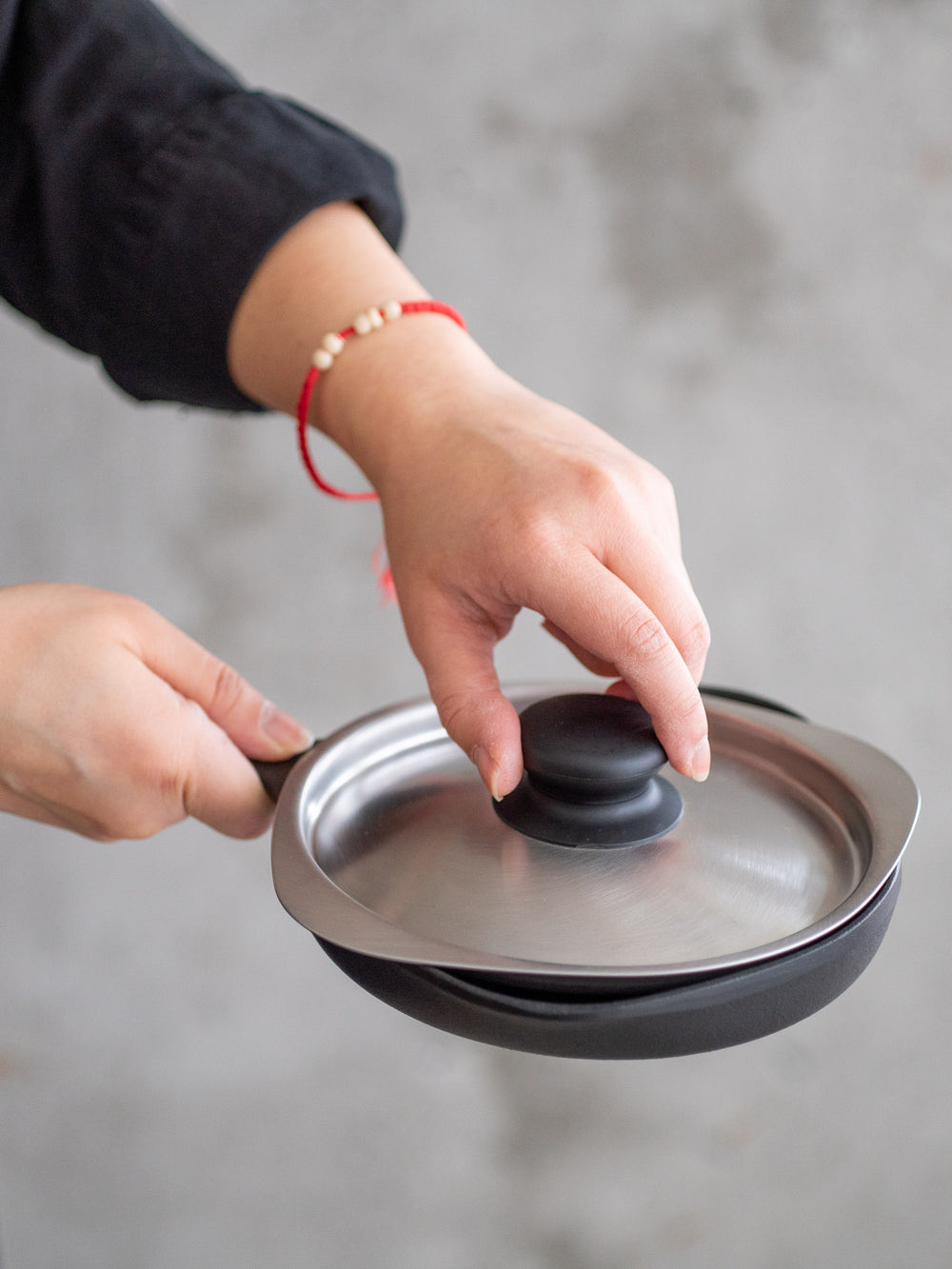
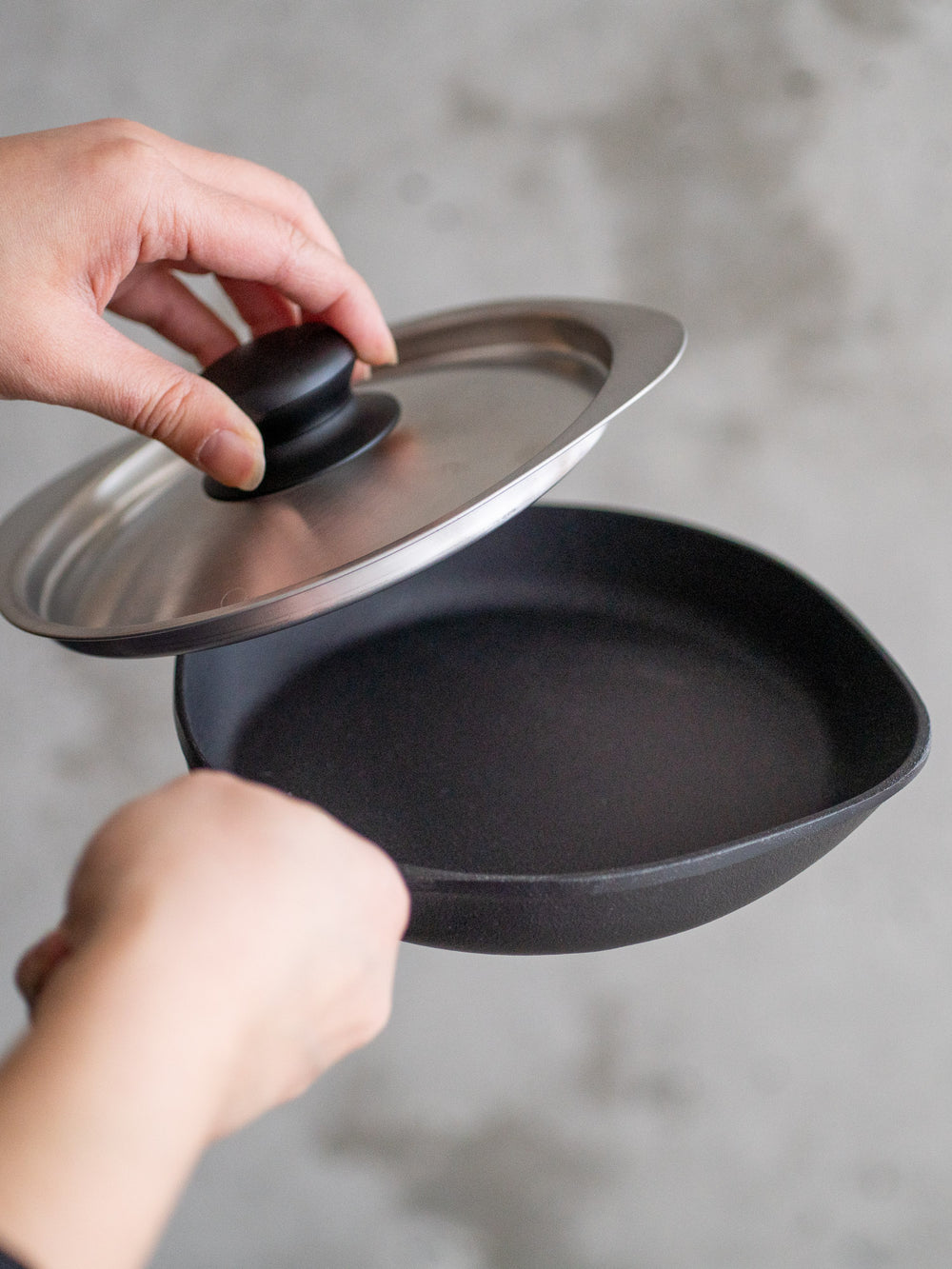
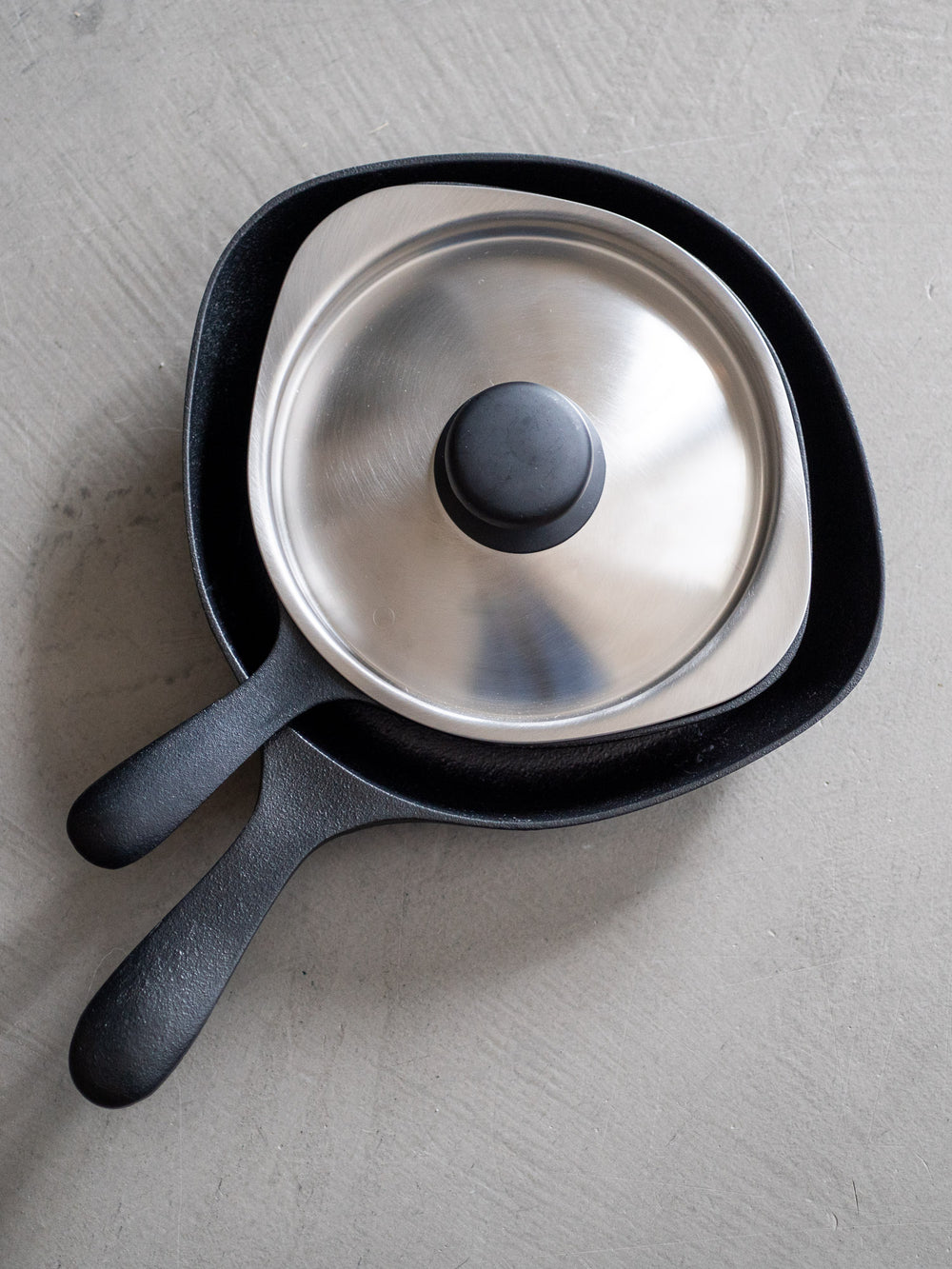
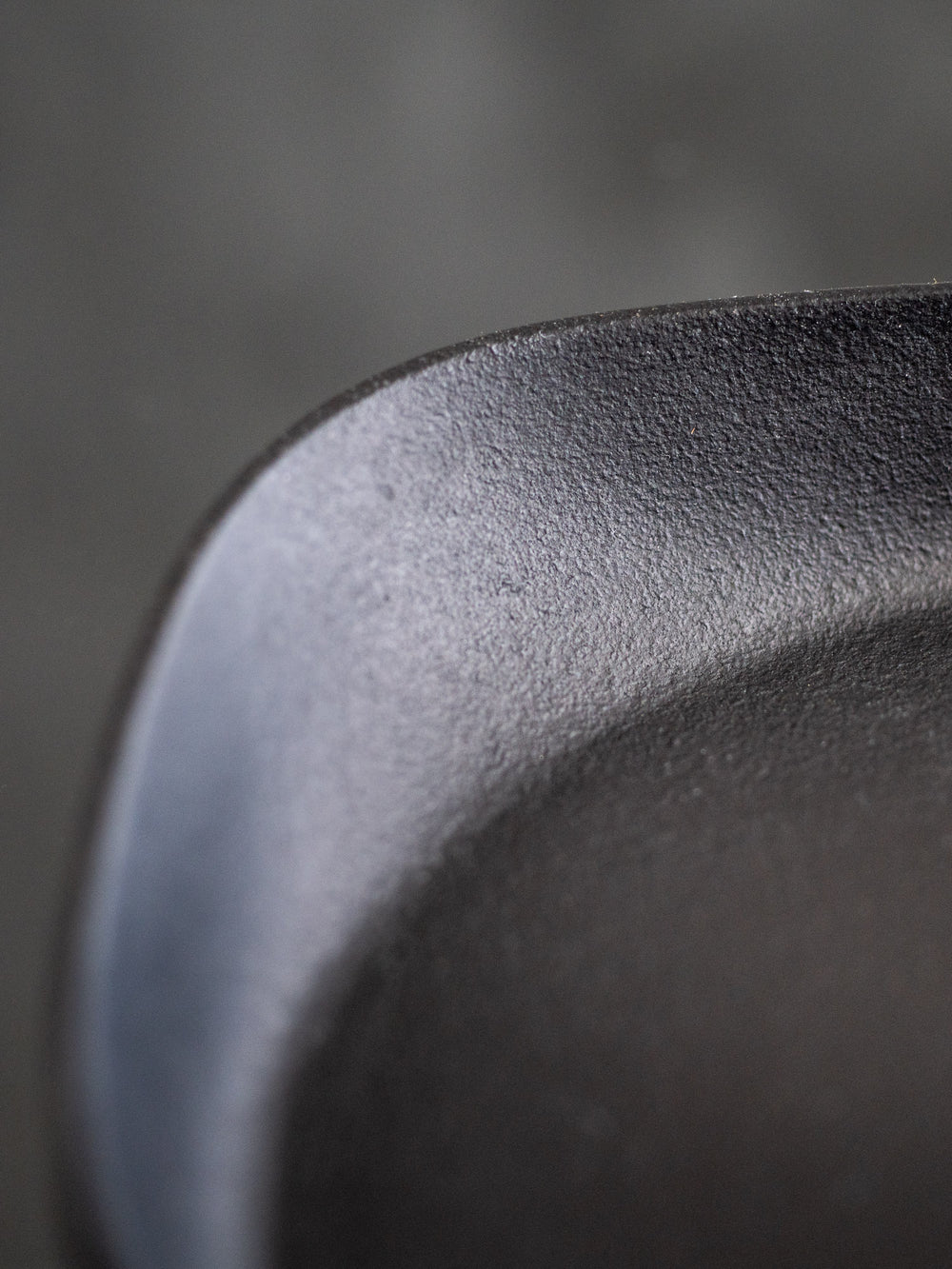
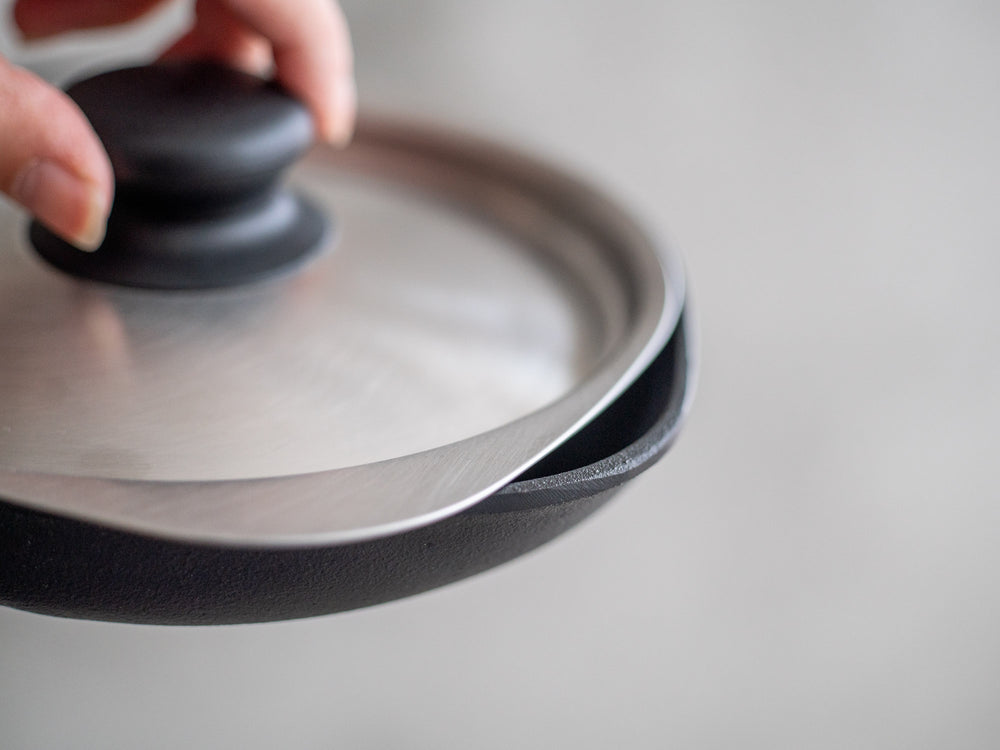
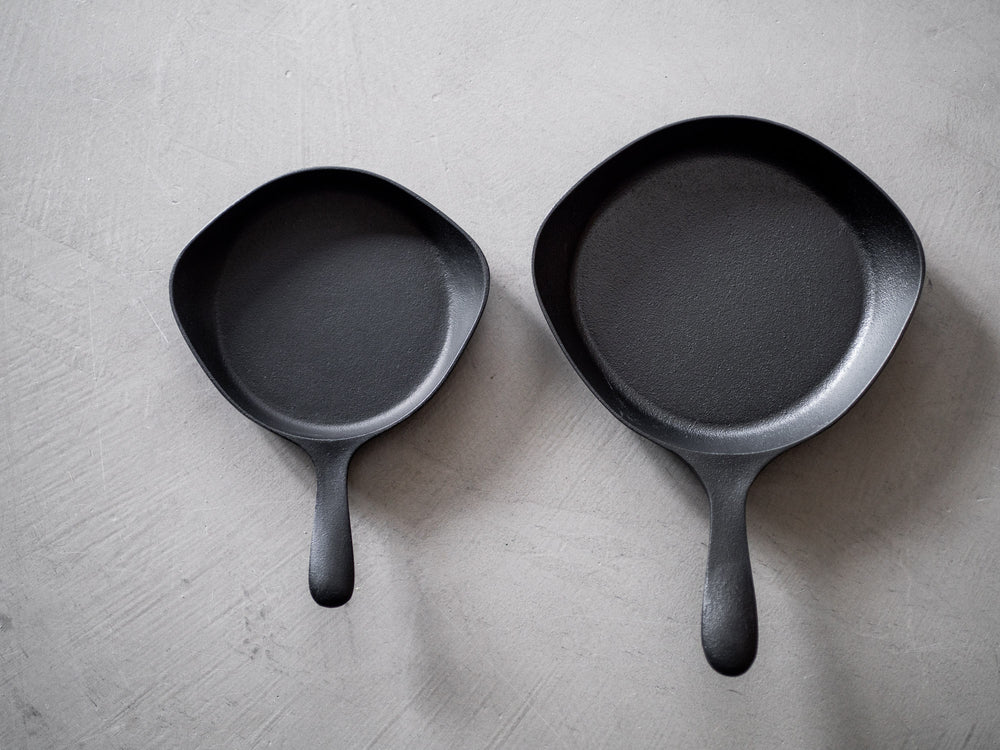
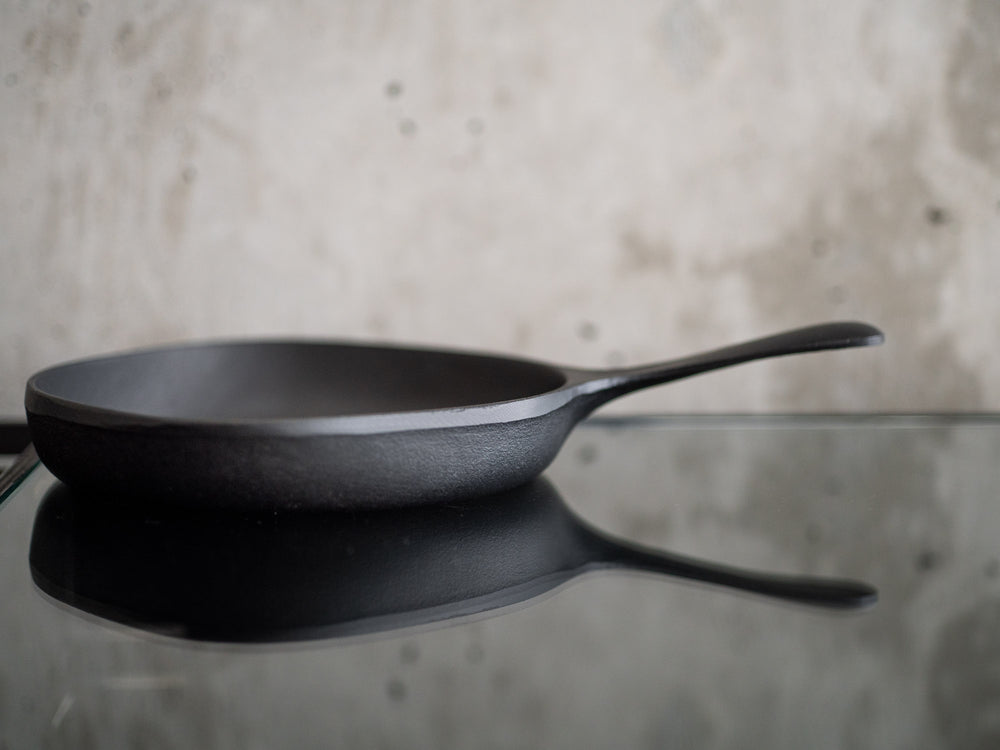
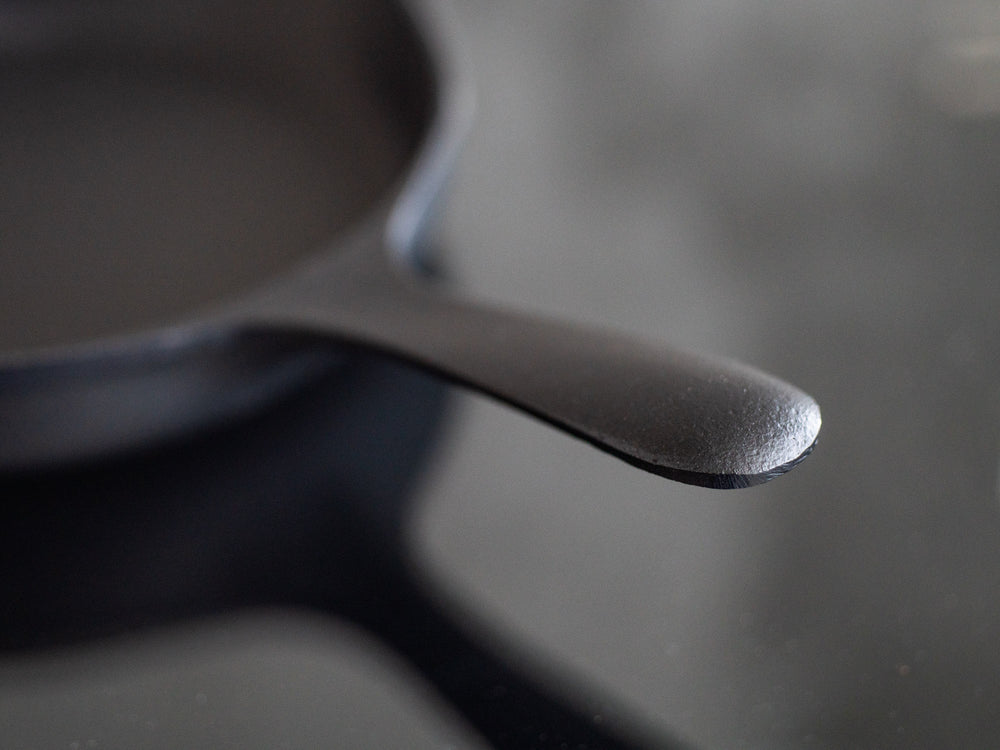
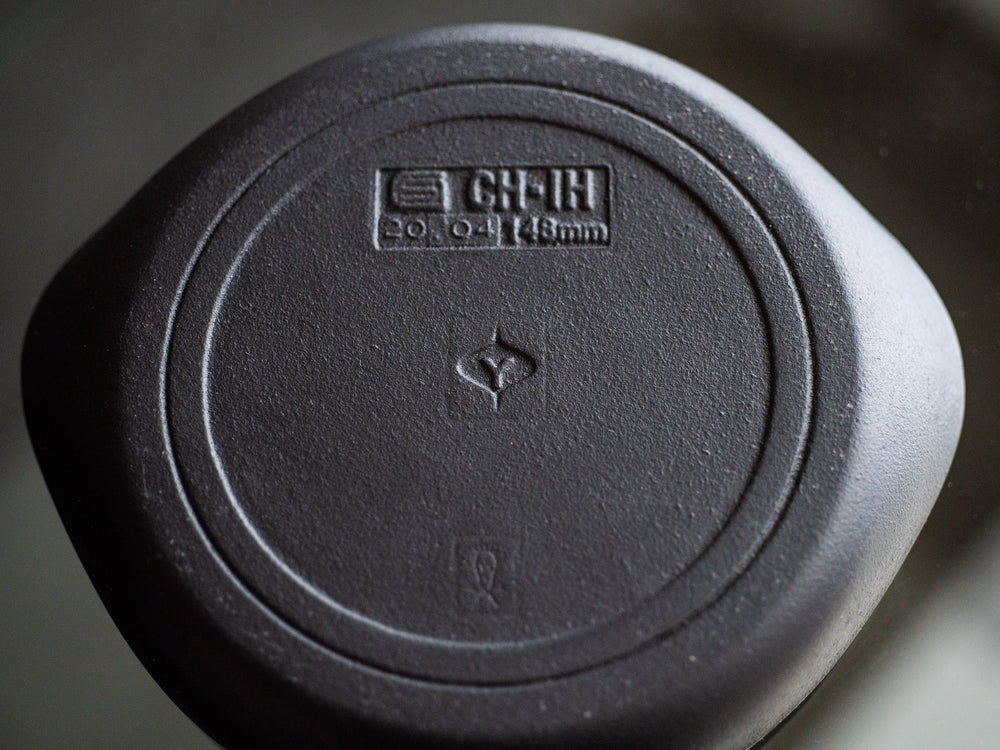
Sori Yanagi Tekki Cast Iron Mini Pan
Pickup currently unavailable at ITSUMO
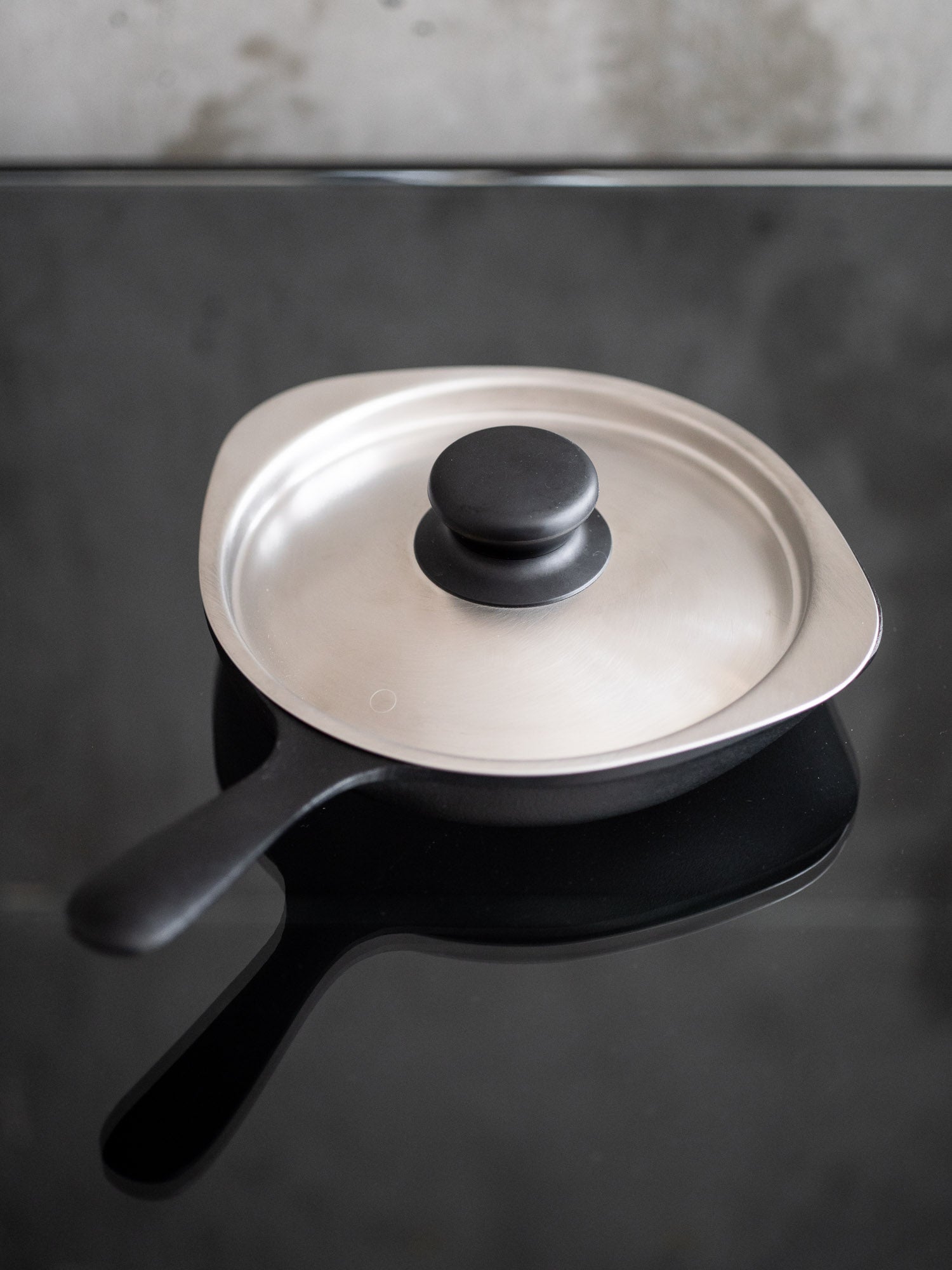
Sori Yanagi Tekki Cast Iron Mini Pan
16 cm
ITSUMO
279 East 6th Avenue
Vancouver BC V5T 1J7
Canada
The “Tekki” cast iron mini pan is a useful addition to your kitchen, as it’s smaller and easier to handle than larger pans and can be used with most oven and stove top heat sources, with the exception of microwave ovens. Very convenient for when you are heating up small items or limited amounts of food.
The thickness of the material allows for even heat distribution, cooking your food to perfection. The design also features two small spouts on each side, which function to drain excess liquid when used with the matching stainless steel lid. A slight turn of the lid creates a small gap for the liquid to drain easily or steam to escape. The spout also allows for easy transfer of food to your plate or container. Because this feature is on both sides, this pan can be used by both right and left handed people without difficulty.
* This item does not qualify for free shipping..
Care
Gift Wrapping
Gift wrapping is available on all items. Add gift wrapping at checkout and leave us a note with your gift message.
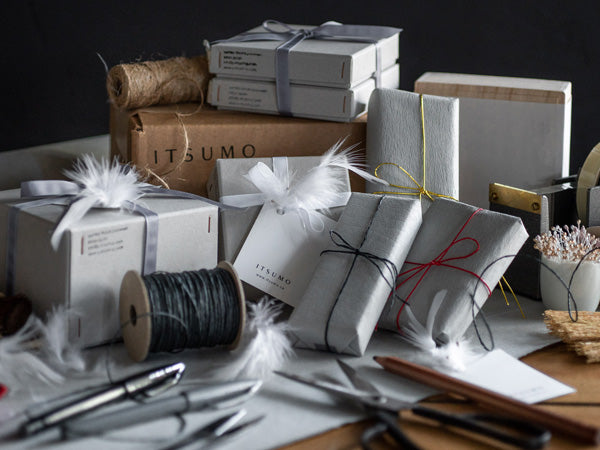
Shipping
Free Economy Shipping to Canada and the USA on orders over $100
Some products don't qualify for free shipping.
US Flat Rate Shipping $15 USD
Canada Flat Rate Shipping $17 CAD
INTL shipping rates calculated at checkout
See our Shipping Policy for complete details
Returns & Exchanges
Regular priced items in original, unused & mint condition with applicable tags and all packaging materials are eligible for store credit or exchange within 7 days of purchase.
RMA# required for all returns.
ITSUMO does not currently offer Return Shipping cost coverage.
Certain products do not qualify for Return or Exchange.
See our Return Policy for complete details.
Choose options












